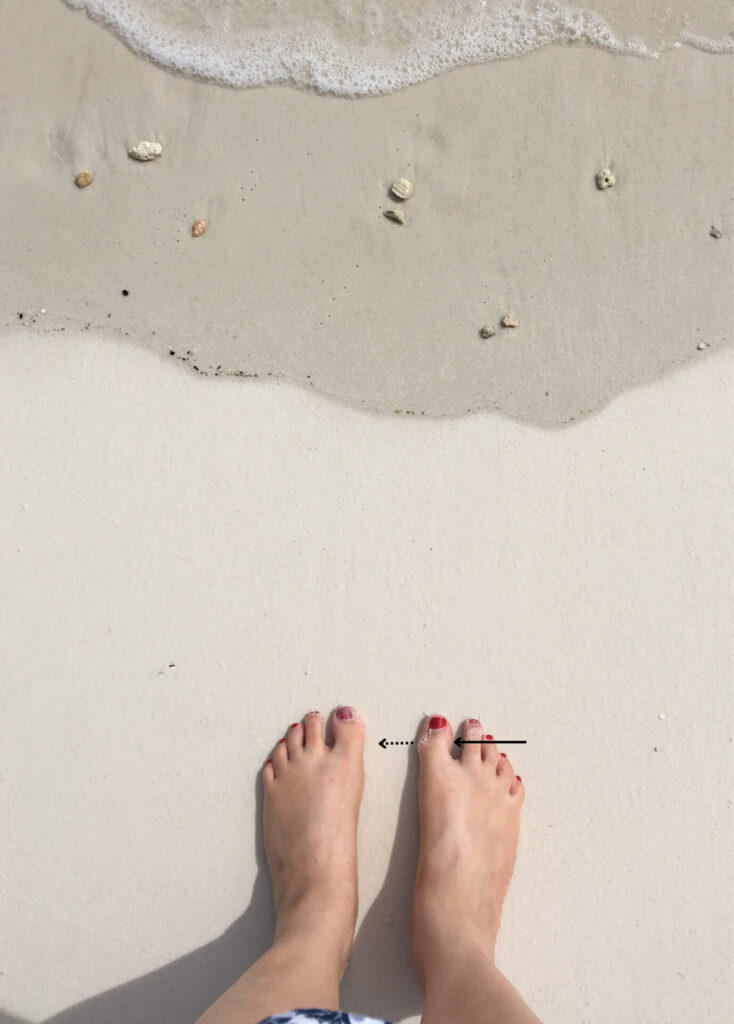What is a Hallux Varus? Here are some facts about this condition
Hallux varus is a condition affecting the big toe. As opposed to a bunion, which causes the big toe to point inward toward the other toes, this condition causes the big toe to point away from the other toes. A patient may then have difficulty in walking and wearing shoes.
It is a condition characterized by the medial deviation of the hallux relative to the 1st metatarsal bone, most often the result of overcorrection from prior bunion surgery.
Symptoms
The usual symptoms encountered include:
- deformity
- pain
- decreased range of motion (ROM)
- instability
- clawing of the great toe
- weakness with pushoff
- problems with shoe wear
This condition is often asymptomatic. Also, the most common cause of pain is irritation of the deformed toe due to a poorly fitting shoe. The discomfort is primarily a result of friction from rubbing against the shoes worn, which may cause blisters to form. If there is also pressure on the toenail from a shoe, the hallux varus may be accompanied by an ingrown nail as well. In rare instances, the joint is extremely unstable and may cause the big toe to dislocate.
More frequently this deformity develops after a surgical procedure for hallux valgus because of overcorrection, excessive lateral release, over-resection of medial eminence, over-plication of the medial capsule, zero-degree or negative intermetatarsal angle, or immobilization of the toe in excessive varus after surgery. Other causes include trauma and certain systemic inflammatory diseases such as psoriasis and rheumatoid arthritis.
Treatment
The treatment for this condition varies depending on exactly why it formed. In the case of a tight tendon, a combination of stretching exercises, as well as splinting and corrective shoes is often successful. Surgery may also be necessary when the hallux varus has developed due to a bunionectomy.
Are you suffering from this condition? One of our podiatrist can assist and recommend what treatment options are best to get you back on track. ✅
Schedule an appointment here or you may call us at 44 (0) 207 101 4000. 📞
We hope you have a feetastic day! 👣☀️
-The Chelsea Clinic and Team




